When disaster strikes, your survival may depend on one thing: having a safe, secure place to retreat. A bug-out shelter isn’t just a luxury—it’s your backup plan when the world around you becomes unstable. Whether the threat is political unrest, natural disaster, or widespread infrastructure collapse, the right shelter can give you time, safety, and peace of mind.
The good news? You don’t need to be a millionaire prepper with a secret mountain bunker. With smart planning, resourcefulness, and a bit of elbow grease, anyone can improve their odds of survival.
This article provides general tips to begin your planning.
Table of contents
Building a Small Cabin: Shelter That Lasts
If you’re considering a cabin as your primary bug-out shelter, think beyond four walls and a roof. Your cabin must stand up to severe weather, curious wildlife, and potential intruders.
Choosing the Right Materials
Not all wood is created equal. Pressure-treated lumber outlasts untreated wood, resisting both moisture and hungry insects. For siding, avoid T-11 unless you take steps to protect it—porcupines and birds can destroy it quickly. Steel roofing is your best bet over tar paper or wood; it resists pests, sheds water, and endures decades of harsh weather.

See also: Survival Tents: Staying High And Dry in Emergencies.
Reinforcing Structure
Don’t trust plain nails alone. High winds and seismic activity can rip apart flimsy framing. Use Simpson-type metal fasteners liberally—post caps, anchor bolts, and rafter connectors all matter. Think of it as armor for your home
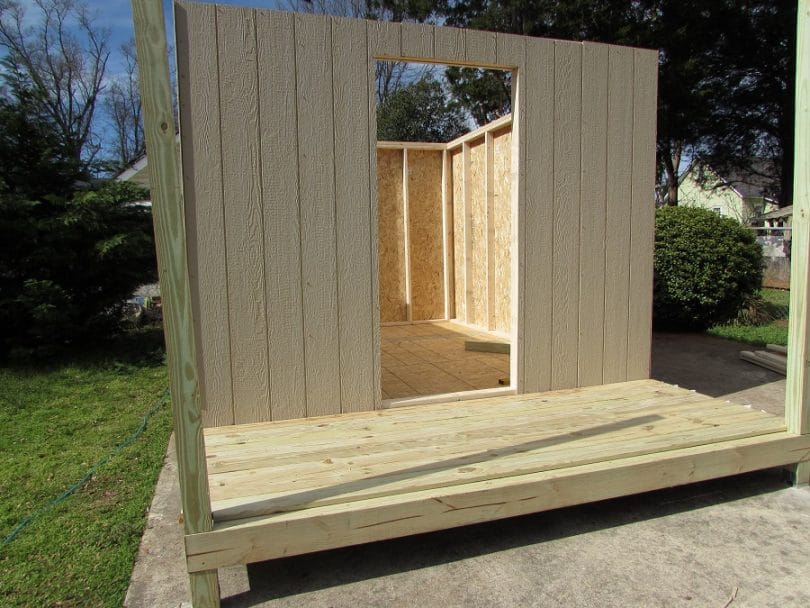
Securing Weak Points
Vents, rafters, and crawl spaces invite rodents, insects, and other pests. Seal openings with fine mesh and cover the underside of floor framing with sheet metal. Keep chimneys close to the roof ridge to prevent snow buildup, and install gutters to funnel water away.
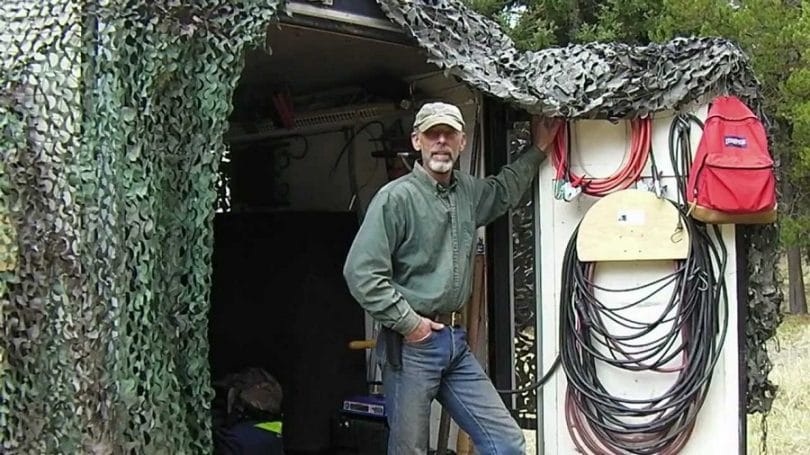
Protection From Intruders: Human and Animal
Your biggest threat may not be a bear—it could be another person. A desperate intruder will look for easy access, so don’t give it to them.
- Reinforce doors and shutters with angle iron and carriage bolts.
- Use double layers of doors where possible.
- Hide valuables in clever spots: attic corners, false walls, or underground caches.
- Build a root cellar for food storage, with steel doors to keep out pests.
- Consider alarms powered by deep-cycle batteries to discourage unwanted visitors.
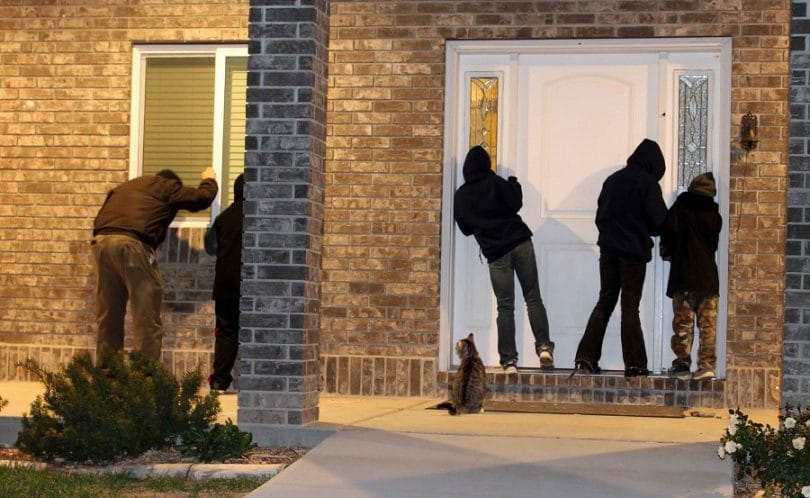
Preparing to Bug Out
Not everyone has a cabin waiting in the woods. For many, the real challenge is where to go and how to get there.
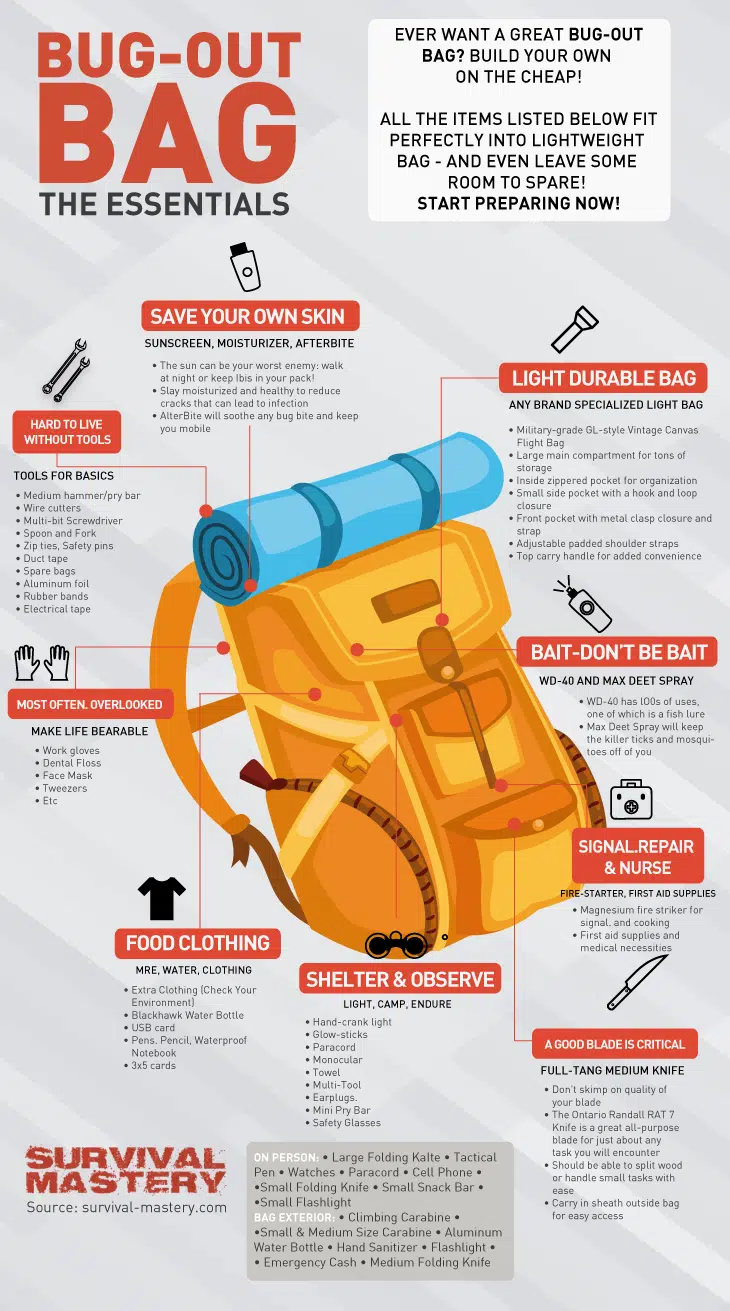
Picking the Right Location
- Mountains: Provide cover, natural water, game, and firewood, but demand stamina.
- Plains: Easier farming opportunities, but less concealment and fewer natural defenses.
- Forests: Offer concealment and resources but may require strong bug-control strategies.
Choose a site far enough from major roads to avoid discovery, yet close enough to reach on one tank of gas.
Travel Considerations
Don’t rely on one route. Have at least three paths planned—avoiding highways, cities, and choke points. If traffic stalls, you may have to abandon your vehicle and travel on foot.
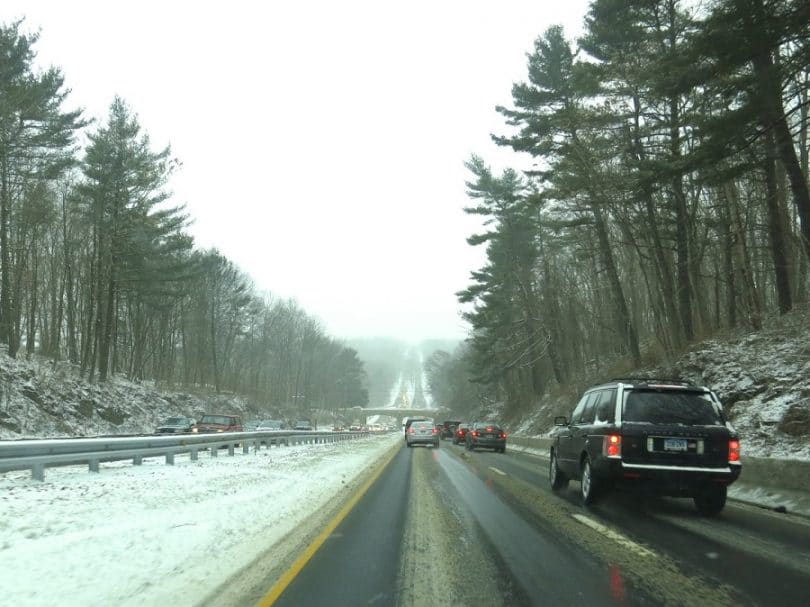
Survival Duration: Short Stay vs. Long Haul
How long you’ll need to stay dictates how you prepare. A short-term emergency requires ready-made supplies, while long-term survival depends on your ability to resupply, hunt, grow food, and purify water.
Ask yourself:
- What wildlife is in the area?
- Is the soil fertile enough for crops?
- Can you raise livestock nearby?
- Are there natural water sources?
The more “yes” answers, the more sustainable your shelter becomes.
Water: The True Lifeline
Humans survive about three weeks without food—but only three days without water.
- Sources: Streams and lakes are abundant but require purification.
- Storage: Cisterns, rainwater catchments, and barrels reduce daily collection trips.
- Purification: Filters, boiling, and chemical tablets are must-haves.
Make water security a top priority before everything else.
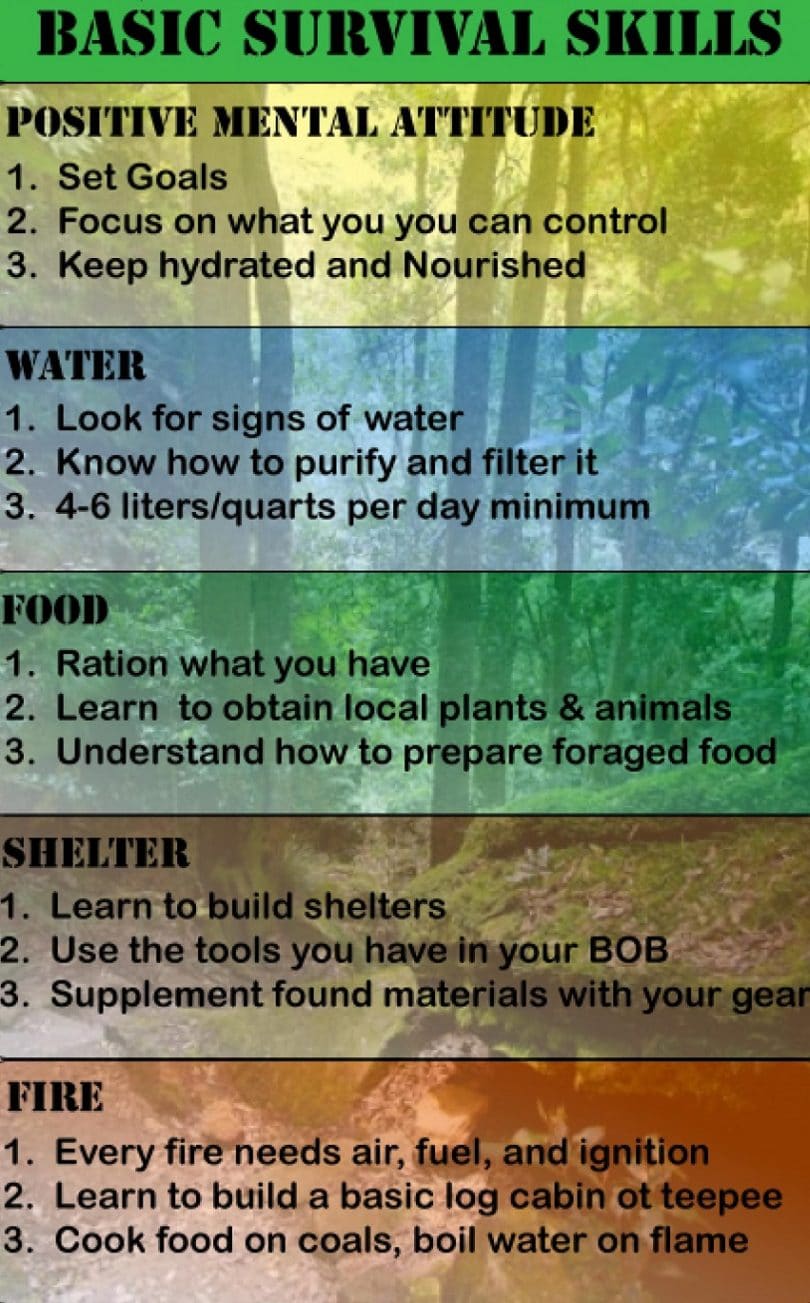
Weather and Natural Hazards
Every climate brings unique challenges.
- Cold: Stockpile firewood, insulation, and warm clothing.
- Heat: Plan for shade, hydration, and cooling airflow.
- Floods, tornadoes, blizzards: Build with reinforcements, create evacuation plans, and protect food stores.
Always assume the weather will be worse than forecasted—and prepare accordingly.
Keeping Your Shelter Hidden
The best shelter is the one no one finds. Camouflage your site, blend it into the environment, and avoid drawing attention. If you lack building skills, alternatives like shipping containers, underground shelters, RVs, or even converted vehicles can provide safety while staying inconspicuous.

Essential Supplies Checklist
Your shelter is only as effective as the gear inside it. Stockpile essentials in advance, and rotate supplies to keep them fresh.
Miscellaneous: Cash in small bills, notebooks, extra batteries, garbage bags.
Water & Food: Containers (3L+), filters, purification tablets, canned food, dried meals, portable stove, and fuel.
Clothing & Shelter: Waterproof jackets, extra socks, sleeping bags, tarps, ponchos.
Fire & Light: Matches, ferro rods, tinder, flashlights, solar lanterns, candles.
Medical & Hygiene: First aid kit, insect repellent, soap, sanitizer, toilet paper.
Tools: Knives, multi-tools, fishing line, sewing kit, snares, cordage.
Navigation & Communication: Maps, compass, radio, chargers, whistle.
Defense: Pepper spray, firearms, blades (if legal and trained to use).
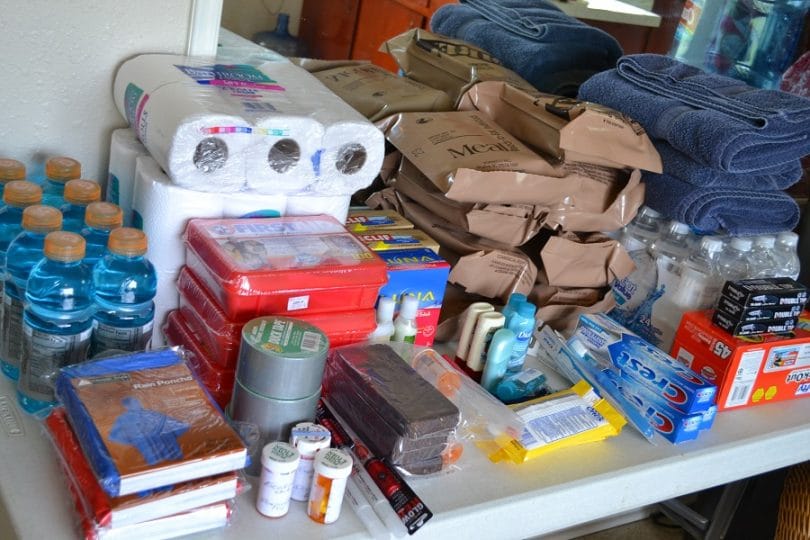
Keep in mind that this list is not exhaustive, so feel free to expand on these essentials.
Final Thoughts
A bug-out shelter isn’t about paranoia—it’s about preparedness. Emergencies rarely give warnings, and when they hit, panic favors the unprepared. Practicing your bug-out plan, training your group, and reviewing your supplies can make the difference between survival and disaster.
Most importantly, remember: survival isn’t just about gear—it’s about knowledge, skills, and mindset. Your shelter is only as strong as the person relying on it.




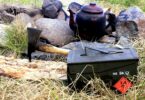
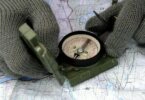
Some great tips indeed. I just want to add that once you’ve set your plan, keep it private, treat it like top secret. You might never know who’s watching and following your footsteps. You definitely don’t want to show off. When SHTF, everyone will be on the lookout, the information you leave on the internet or elsewhere can and will be traced. In any case, be prepared for uninvited guests too!
I also firmly hold that the ideal bug out shelter is a private land, with an abundance of food, water, and guns, lots of guns. Again, groups have a higher chance of survival, in a mass-scale disaster, it’s harder for one person to protect his/her shelter from intruders when push comes to shove, it is better to join forces with fellow survivalists instead of challenging the world alone.
Another vital point mentioned in the article is how quickly and safely can you travel to your shelter, I think you hit the nail on the head.
Last but not least, since it is going to be “you versus the world” scenario, don’t neglect nature’s natural predators besides humans of course! Animals in the area may not be so welcoming after all.
Judith,
Definitely, a bug-out shelter loses its purpose once you let the details go out. Keep the information within a small circle of trusted relations. Uninvited guests can be welcomed or shooed away depending on the nature of their acquaintance. But again, everything depends on how much you trust them.
David
Thank you for the comment Richard. Groups have a higher chance of survival but you have to be selective of who you join forces with. There are some who aim to take your supplies and leave you hanging.